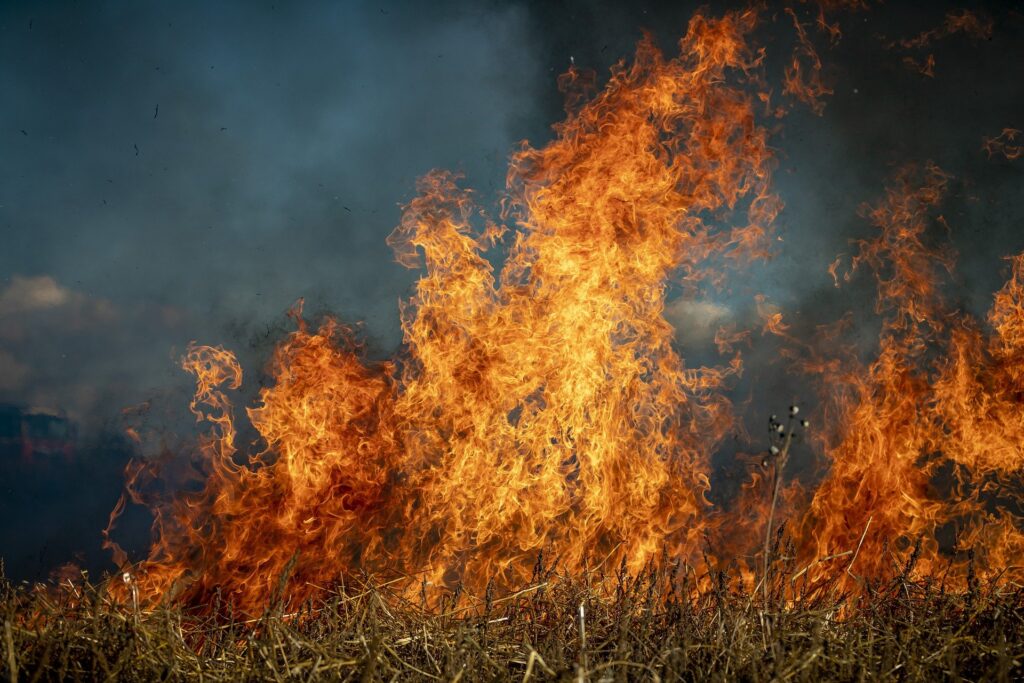A study by researchers from the University of Saskatchewan (USask), Saskatoon, Canada, has found that exposure to wildfire smoke can cause glaciers to melt faster, affecting mountain runoff.
From 2015-2020, a team of USask hydrology researchers observed each melting season at the Athabasca Glacier, part of the Columbia Icefield in Jasper National Park, Alberta. Based on fire activity that year, they analyzed the accumulation of soot and ash on the glacier and the effects of solar activity that causes glaciers to melt.
In years with increased fire activity, wildfire smoke left ash and soot deposits on the glacier ice, causing it to darken and to melt much faster. The surface of the glacier stayed dark even once the fire season had passed, as microbial life likely used the soot as a source of food and reproduced at a faster rate during this time, the report said.
The weather also played a part in the effects on glacier melt. Smoky days are warmer and drier than sunny days and contain less solar energy. On sunny days, the darker ice had a 10% increase in its melting rate. Conversely, if smoke was present in the air, the ice was preserved due to the decreased amount of sun reaching the glacier surface.
Dr. John Pomeroy, study co-author and Canada research chair in Water Resources and Climate Change and director of the Centre for Hydrology, said, “It’s incredible how we can connect the dots about climate change like this. We see droughts causing fires, fires forming huge plumes of smoke and ash, the ash covering the glaciers, and the glaciers melting at increasing rates because of the fires.
“These glaciers are our savings account for water for the future and a crucial part of a UNESCO world heritage site landscape in the Rockies, so this is troubling to see,” he said. “It is useful however to now perceive the interconnections between wildfire and glacier melt and to better understand how climate influences both. This will improve our hydrological modeling of mountain water resources here and around the world.”
To view the study published in the AGU journal Earth’s Future, click here.



